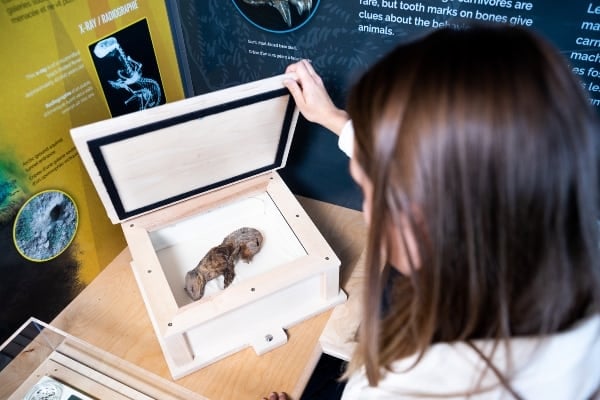In her book “DANCING” Lilly Grove describes the invention of the chahut which evolved into the cancan.
“About 1830, a stage dancer called Mazarie played the part of a monkey in the Theatre de la Porte St. Martin. He invented for the occasion a figure dance which he called ‘chahut,’ which surpassed in its extravagance the wildest movements of the Khoikhoi. Though forbidden by Government (perhaps because it was forbidden), it was introduced into all public balls, and government inspectors were appointed, whose duty it was to arrest the performers of the Cancan, and to fine or imprison them. But, as we have seen throughout history of dancing, edicts and anathemas are useless against it.”
It’s difficult to think of the cancan as being a dance-craze, like the Fox Trot, the Charleston and other dances fashioned after animal antics, but that’s exactly what it was. Working-class Paris dancehalls like the Chaumiere began to admit dancers for free if they would agree to perform the cancan and the polka throughout the evening. The dance was a free-form, improvised, unrehearsed activity, and it let working class people blow off steam after a day in the laundry, factory or work house.
One of the earliest descriptions of the cancan comes from A History of Dancing, by Gaston Vuillier who refers to the dance as “The Cachucha,” another one of its earliest names. He describes cancan dancers in the Chaumiere during the 1830s as follows:
“They are off! It is a helter-skelter of bewildering dash, of electrifying enthusiasm. One dancer leans languidly over, straightening himself again with vivacity; another races the length of the ballroom, stamping with pleasure. The girl darts by as if inviting a fall, winding up with a saucy, coquettish skip; that other passes and repasses languidly, as if melancholy and exhausted; but a cunning bound now and then, and a movement. They mingle, cross, part, meet again, with a swiftness and fire that must have been felt to be described.”
Between 1830 and 1850 the cancan began to spread out of dance halls like the Chaumiere and infiltrate high society. Lavish costume balls were the norm during this period. When ball-goers caught on to the dance-craze, parties would erupt into cancan mayhem. This resulted in a bigger effort to contain the dance but as Lilly Grove writes in Dancing: “Plato in early times expressed his opinion that all unseemly dancing should be banished from well-ordered States. Unfortunately, censors and moralists have no influence over matter which are the result of spontaneous feeling.” And so it was for the cancan. Attempts to vanquish the dance were futile.
By the 1840s the cancan began to appear in operas and ballets which lead to it being spread around the world with performances in Great Britain, Europe and North America, usually as a solo dance done within the context of ballet dancing. During this period, ballet itself was being labeled as inappropriate by some moralists because of the skimpy costumes worn by the ballerinas and the physical openness that could be exuded in the dances.
As the cancan gained mass popularity, certain cancaneuses began to rise in stardom and popularity. Some of their stories have been preserved in memoirs, biographies and other texts that tell us the story of the early cancan. One of the very first star cancaneuses was Celeste Mogador. She started out as a courtesan and later became a dancer. She rose to stardom and married a wealthy aristocrat. She then wrote several popular novels and a memoir of her days as a cancaneus. Celeste is said to have been the inventor of the jump-splits, which is a major part of the dance today.
Depictions of Parisian cancan stars spread throughout the world by way of postcards, 3D viewers, paintings, drawings, etchings, cartoons and stories. This created wild anticipation, world-side; everyone wanted to see the cancan. In many ways the cancan came with its own built-in publicity machine. Its notoriety created publicity, which created a branding that has endured for well over a century and is still going strong.
On stage, the cancan began to take shape as a choreographed dance in the mid-late 1860s as it prepared to take North America by storm. Next month, we continue the story of the cancan as it becomes firmly entrenched in the world of variety, burlesque, vaudeville theatres.
If you are interested in reading more about this era of the cancan, we recommend the book “CANCAN!” by David Price. Available from his website: http://www.cancanbook.com/
If you would like to learn more about Celeste Magador, her memoirs are available from Amazon.
This is the second of a multi-part series, tracking the cancan dance from its origin to its present iteration in Whitehorse and Dawson. Grant Simpson is the producer, director, composer and performer in the Frantic Follies Vaudeville Revue. This series is a result of historical research conducted by Grant through the years. Part three of the series will be published next month.




